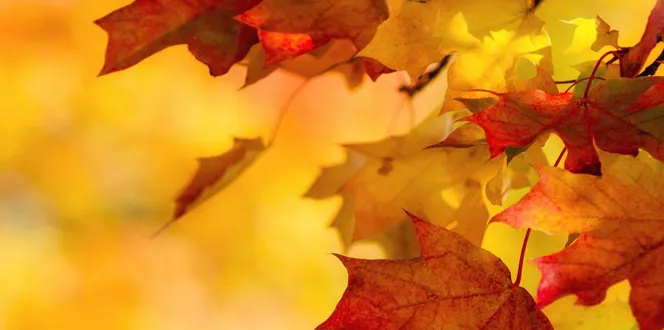Trees and turf - two pieces to the landscape puzzle - yet despite the fact that people like them in close proximity, they don't always play nice together on the playground.
The Reason?
In certain situations, they steal each other's nutrients, water, and sunlight. And it's now - in the heat of summer - when the bullies show their true colors. Turf, for instance, will brown underneath a tree even though the area is shaded because the turf is in fierce competition with the tree for available water.
A homeowner or property manager can eliminate the outdoor battles and aesthetic nightmares trees and turf can cause with proper plant selection and placement, a thoughtful look ahead on what those plants will look like in the future, and good care and cultural practices.
If having trees and turf together was a real serious widespread problem, we'd see a lot more noticeable areas of conflict between them. The reason this isn't more of a visible problem is because folks like the experts at Davey are educating people on how the two can live in harmony.
To Have A Peaceful Space
Start by choosing the right trees and the right groundcover beneath them.
Like in a fist fight, the taller, stronger competitor usually has the advantage. In this case, trees take over. Whoever makes it to the top of the canopy wins, so trees will win.
And the faster growing, taller species will dominate, providing a look into a future scenario. If you abandoned your backyard in the Midwest, 300 years from now you would have sugar maples, oaks, hickories or American beech trees making up the majority of the space. They are aggressive trees and they will survive in their own shade, shading out everything else, particularly turf. If you want both trees and turf together in close proximity, you'll avoid these types of trees.
For people who particularly like these trees and the shade they provide, we suggest they opt for another perennial or groundcover instead of turf - something that is more prone to thrive in shady conditions.
Then, consider water and nutrient uptake. When applying a product, such as a granular or liquid fertilizer, to the surface, the turf will get the first crack at absorbing that nutrient. More than 90 percent of it will go to the turf. Nutrients tend to adhere to the clay particles and organic matter in the soil and never get below the 6-inch mark where the predominance of turf roots are. Tree roots are in the upper foot or 18 inches and so nutrients applied to the surface have to go through a filter of turf first to reach the tree roots.
When we fertilize trees, we use a probe that is injected into the soil at a depth of 12 inches so nutrients are placed below the turf root levels and can get to the trees.
Water Is A Bit Different
When there is a surplus, it filters through the soil and passes the organic matter so as it seeps down the tree soaks it up and has access to it longer that the turf. So without continual additional water, the turf can suffer.
When mowing and maintaining turf, one also has to be careful not to damage the tree trunk with outdoor power equipment. Mow your lawn up to a few inches away from the base of the tree and then use hand clippers to trim up the area around the tree. A string trimmer could injure the tree trunk.
For those who want to avoid the tree-turf conflict, a mulch ring is an acceptable alternative to keep some space between these two competitors. Mulch can moderate soil temperature, improve soil structure, increase microbial activity and improve air, water and nutrient retention. Mulch should be placed 2 to 4 inches deep around the tree but kept away from lying directly against the trunk. While a nice mulch ring mirroring the canopy of a young tree is acceptable, as that tree grows, a larger mulched area will provide additional advantages, but is not always necessary or possible based on space.
Proper tree pruning can also help filter additional light to turf areas beneath the tree. Caution should be taken to avoid overpruning, however.





